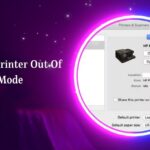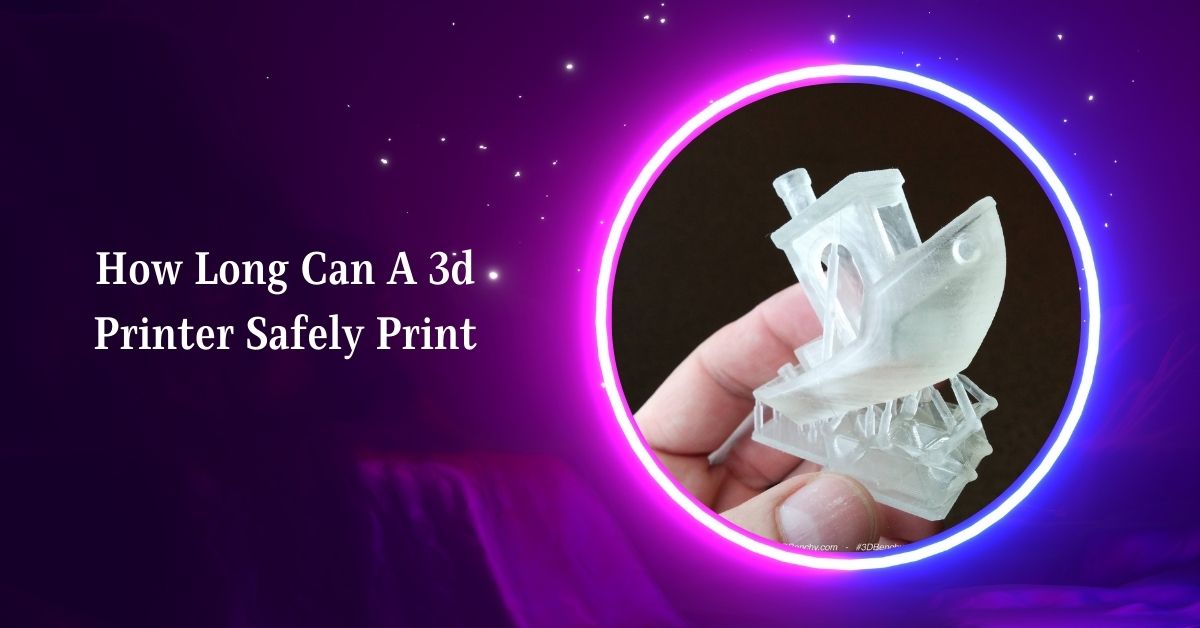3D printing has revolutionized manufacturing and DIY projects, allowing enthusiasts to create complex designs from the comfort of their homes. However, the technology isn’t without its challenges.
A 3D printer nozzle hitting the print is often caused by improper bed leveling, Z-axis calibration issues, or hardware malfunctions. Regular maintenance, precise calibration, and checking slicer settings can prevent this problem effectively.
In this blog post, we will explore the common causes of this issue and provide detailed solutions to prevent it from happening.
Understanding the Problem
When a 3D printer nozzle hits the print, it’s often a sign that something is wrong with the setup or the printer’s calibration. This issue can cause various problems, including layer shifts, surface defects, or even a complete print failure. Understanding why the nozzle is hitting the print is the first step toward resolving the issue.
Common Causes and Solutions
1. Incorrect Bed Leveling
Cause: One of the most common reasons for the nozzle hitting the print is improper bed leveling. If the bed is not level, the nozzle might be too close to the print surface, leading to collisions with the printed layers. Solution: Regularly check and adjust the bed leveling. Most printers come with a manual leveling process, but auto-leveling sensors are available for more precise adjustments. Ensure that the nozzle is at an appropriate distance from the bed by using a leveling tool or paper method to gauge the gap between the nozzle and bed.
2. Z-Axis Calibration Issues
Cause: Miscalibration of the Z-axis can lead to the nozzle moving at incorrect heights during printing. If the Z-axis is not properly calibrated, the nozzle may descend too far, striking the print. Solution: Recalibrate the Z-axis using your printer’s calibration settings. Ensure that the Z-offset is correctly set so that the nozzle maintains the proper height above the print surface during operation.
3. Warped Print Bed
Cause: A warped print bed can cause uneven surfaces, leading to areas where the nozzle is too close to the print. Solution: Check the flatness of your print bed. If you find any warping, consider replacing the bed or using a glass bed to ensure a flat printing surface.
4. Print Head Misalignment
Cause: If the print head is not aligned correctly, it might cause the nozzle to hit the print as it moves across the layers. Solution: Ensure that the print head is securely fastened and properly aligned. Tighten any loose screws and verify that the head moves smoothly along the X and Y axes.
5. Extruder Issues
Cause: Problems with the extruder can cause uneven filament flow, leading to inconsistent layer heights and potentially causing the nozzle to hit the print. Solution: Inspect the extruder for clogs or other issues. Regularly clean the extruder and ensure that the filament is feeding smoothly. Adjust the extrusion settings in your slicer software to match the material being used.
6. Improper Slicer Settings
Cause: Incorrect slicer settings can cause issues such as incorrect layer heights or improper nozzle movement, leading to collisions. Solution: Double-check your slicer settings before starting a print. Ensure that the layer height, print speed, and other parameters are set correctly for your specific printer and filament.
7. Hardware Malfunction
Cause: Hardware issues, such as a malfunctioning stepper motor or loose belts, can cause the nozzle to move unpredictably, hitting the print. Solution: Regularly inspect your printer for any signs of wear and tear. Tighten belts, check the stepper motors, and replace any faulty components to maintain smooth operation.
8. Environmental Factors
Cause: Environmental factors such as temperature fluctuations or vibrations can affect the print bed’s stability, causing the nozzle to hit the print. Solution: Place your printer in a stable environment, away from drafts, vibrations, or extreme temperature changes. A dedicated space for printing can help minimize these external factors.
Preventive Measures
- Regular Maintenance: Perform routine maintenance on your 3D printer, including cleaning the nozzle, tightening screws, and checking the bed level.
- Firmware Updates: Keep your printer’s firmware up to date to ensure that it’s running the latest features and fixes.
- Use Quality Filament: High-quality filament reduces the chances of extrusion issues, contributing to a smoother printing process.
- Test Prints: Before starting a large or complex print, run a test print to ensure everything is functioning correctly.
Conclusion
Experiencing a nozzle hitting the print can be frustrating, but with proper understanding and maintenance, it can be easily avoided. By regularly checking your printer’s calibration, maintaining its components, and being mindful of environmental factors, you can ensure smoother printing experiences and better-quality results.
FAQs
1. Why is my 3D printer nozzle dragging through the print?
This usually happens due to improper bed leveling or Z-axis calibration. Ensure your bed is level and the Z-offset is correctly set.
2. How do I fix my nozzle hitting the print mid-print?
Pause the print and check the bed leveling and Z-axis calibration. Adjust them if necessary and resume the print. Also, inspect the slicer settings for potential errors.
3. Can a warped bed cause nozzle collisions?
Yes, a warped bed can create uneven surfaces, causing the nozzle to collide with the print. Consider replacing the bed if it’s warped.
4. How often should I level my print bed?
Level your print bed regularly, ideally before each print, to ensure consistent results and prevent nozzle collisions.
5. What’s the ideal distance between the nozzle and the print bed?
The ideal distance is typically about the thickness of a sheet of paper, approximately 0.1 mm. Adjust according to your printer’s specifications.
6. My nozzle is hitting the print after changing filament. Why?
Changing filament might require adjustments in extrusion settings or Z-offset. Recalibrate the printer after switching filaments.
7. Can slicer software cause the nozzle to hit the print?
Yes, incorrect slicer settings can lead to improper nozzle movement or layer height issues, causing collisions.
8. How do I prevent hardware issues from causing nozzle collisions?
Regular maintenance, including checking and tightening belts, inspecting motors, and updating firmware, can prevent hardware-related collisions.
9. What role does the environment play in nozzle collisions?
Environmental factors like vibrations or temperature fluctuations can destabilize the printer, leading to nozzle collisions. Ensure a stable printing environment.
10. Can upgrading to an auto-leveling sensor help?
Yes, an auto-leveling sensor can provide more precise bed leveling, reducing the risk of nozzle collisions with the print.










